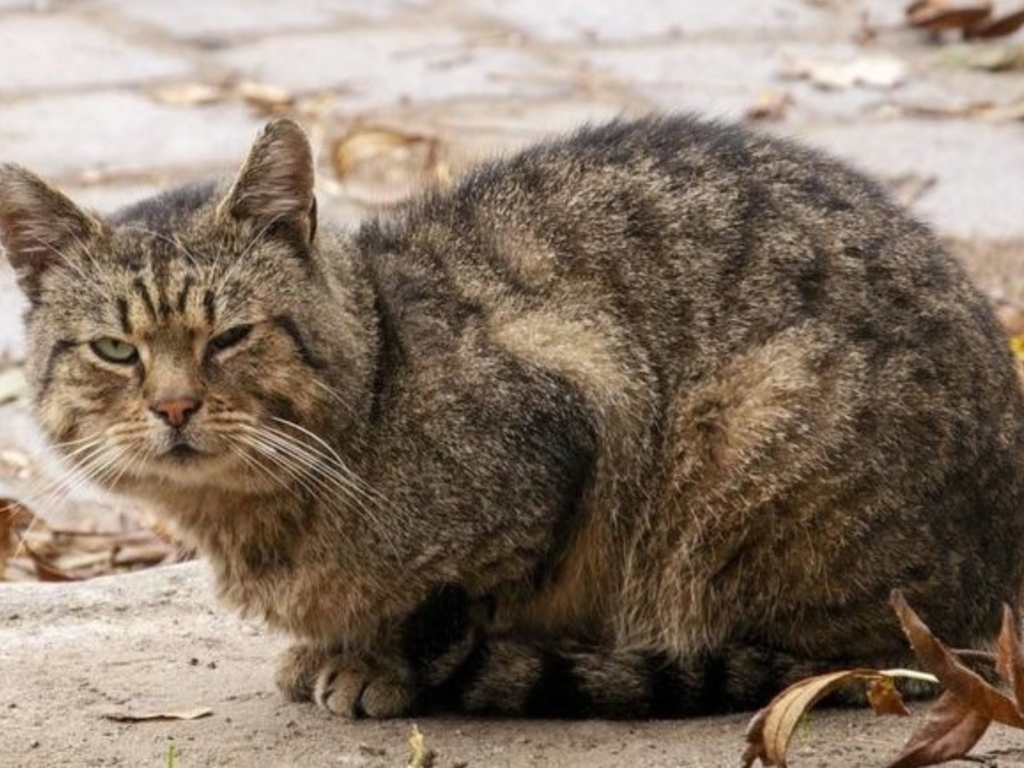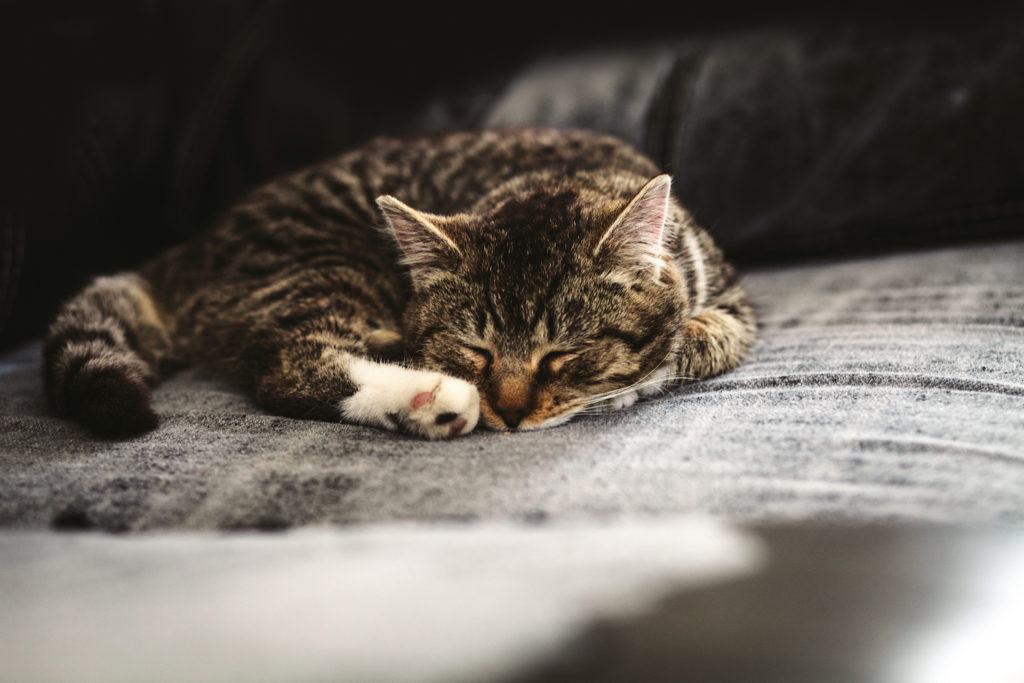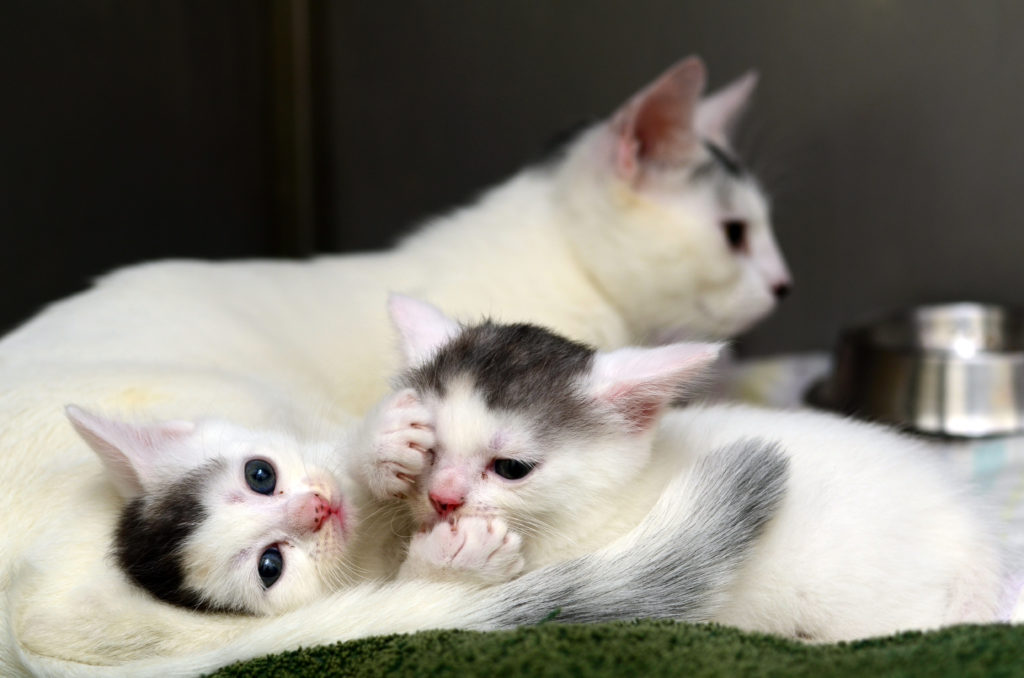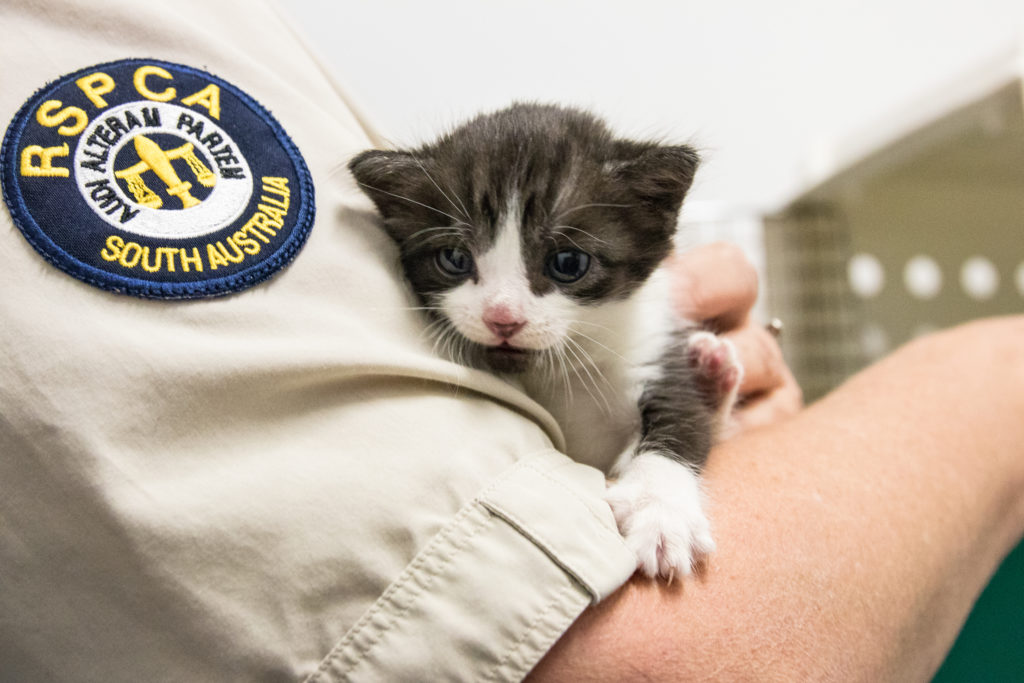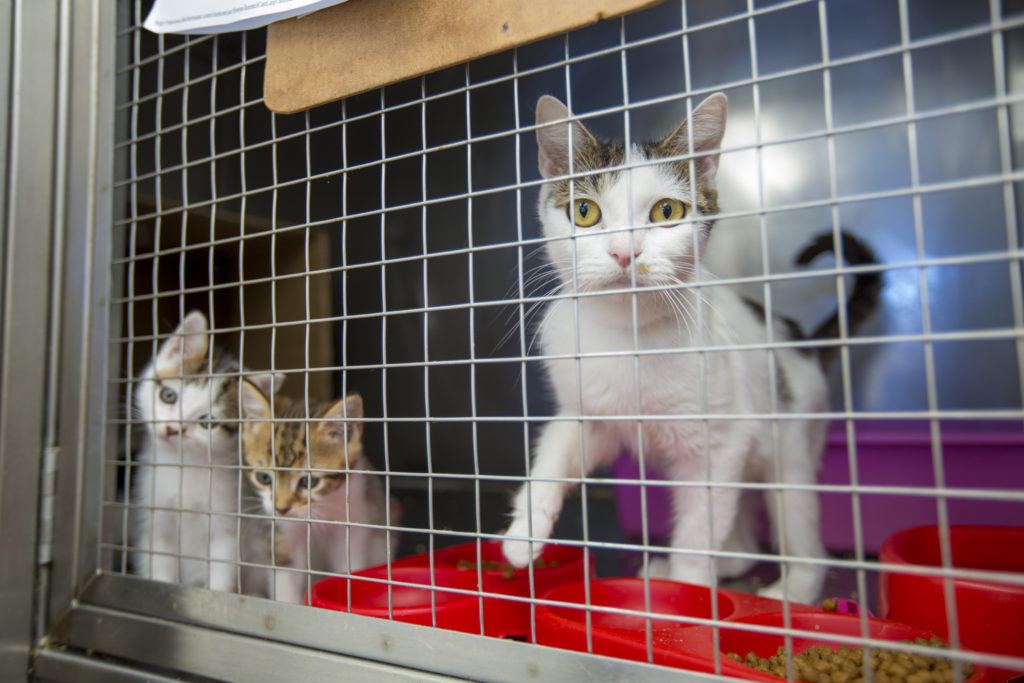What to do if you find a stray cat
October 04, 2022Have you spotted a cat roaming around your neighbourhood and become concerned that it might be a stray?
“Stray” refers to the activity of cats, not their ownership status. Cats often appear to be unowned strays even when they have a loving family at home. Outdoor cats may wander to households that are not their own to get an extra dinner, or they may simply enjoy the attention they get from people around the neighbourhood. There are a number of ways to identify if a cat is an unowned stray or a family pet who has gone for a stroll.
How can I tell if a cat is an unowned stray?
Owned cats that are allowed to go outside can travel surprisingly far distances. It’s quite common for a cat to travel into neighbouring properties or even down the street – this can make it difficult to determine whether or not a cat is owned.
Thankfully there are a number of ways to identify an unknown stray from an owned pet. One of the biggest clues involves the cat’s appearance and behaviour. A cat is most likely owned if they:
- are wearing a collar
- have clean and healthy fur
- are seen wandering around confidently in the middle of the day
- don’t appear to be searching for food
- have desexing and microchip tattoos located inside their left and right ears respectively
If the cat has none of these identifying features or personality traits you should check with your neighbours – ask around, put up posters, or check lost and found online sites such as Lost Pets of South Australia.
The cat didn’t meet any of the criteria of being an owned pet. What should I do next?
If you are confident that the cat is in fact an unowned stray, your next step is to ensure the cat is healthy. If you deem the animal to be approachable, try to get close enough to ensure there are no visible injuries. If the cat appears to be injured or unwell and you are able to approach the animal safely, try getting them into a cat carrier or some other ventilated, well secured container and then transport them to your local vet clinic or shelter.
If the cat is unwilling to be handled, you should call your local council or RSPCA SA for assistance.
Why do I need to go to a vet?
If the cat is not owned and you would like to take them in, you should ensure they are vaccinated, desexed, and microchipped before adding them to your family.
A vet can also scan the cat to see if it is microchipped. Microchipping your pet is required by law in South Australia. Microchips not only help to identify you as their legal owner, they are also helpful in reuniting you with your pet if they wander off your property. If you need help with changing your details in the Dogs and Cats Online (DACO) registry, check out this article for assistance.
Vaccinating your cat is important to reduce the risk of contracting and spreading disease. Many boarding facilities (catteries) require your kitty to have received a vaccine booster within 12 months prior to admission into the facility, so if you are looking to keep your cat safe while you go away, make sure you keep their vaccinations up to date and keep vaccination records as proof. To learn more about what vaccines your cat may require, take a look at this article.
Desexing cats is a legal requirement in South Australia (excluding cats owned by registered breeders) and is essential to reduce stray cat populations. Desexed cats are also less likely to display problem behaviour such as aggression and scent marking. Check out this article to find out more about the benefits of desexing your cat.
Finding pregnant cats or lost kittens
If you find a pregnant cat, the first thing you should do is give her plenty of space and avoid disturbing her, as this may cause her to reject the newborns. Provide food and water nearby, and also provide a warm, dry shelter that the cat may choose to use if the weather is poor. If you are unable to locate the owner, contact RSPCA SA for help once the kittens arrive.
You should keep an eye on her, as although many cats are able to give birth safely without assistance, there is always the chance she will encounter difficulties and need help. If she is straining for half an hour to an hour without producing a kitten, if she is lethargic and has passed unpleasant discharge or is bleeding heavily (some red, brown, or green discharge is normal) or if a kitten appears to be stuck, contact RSPCA SA for assistance. If she is noticeably distressed, or near a busy road or building, call for assistance.
Also, contact RSPCA SA for help if you find kittens and they appear to be in danger, such as being exposed to cold or hot weather or in a dangerous location.
Mothers often leave their kittens alone while they search for food, so it is not unusual to see a litter of kittens without their mum present. Keep your distance to avoid scaring the mother away, as she may abandon her kittens if she becomes frightened. It is important to leave enough time for mum to return before you assume a litter of kittens is abandoned or orphaned, as they have a much better chance of surviving if they are raised by their mother.
If the kittens have their eyes closed and limited mobility then they are likely very young, and it should only take a couple of hours for mum to return. If they are older, with open eyes and an ability to walk, it is recommended you wait about four hours for mum to come back.
If their mother doesn’t return after you have waited for her, call RSPCA SA for further assistance. You should leave them where they are unless RSPCA SA recommends otherwise.
How RSPCA SA is working to control the unowned stray cat population.
RSPCA SA has released a cat management plan for South Australia in conjunction with the Animal Welfare League. This plan is focused on urban stray cats rather than feral cat populations, and aims to improve cat wellbeing while reducing negative impacts caused by stray cats in South Australia.
If you would like to find out more, read our breakdown of what the plan means for you.
Remember – desexing, microchipping and keeping your cat contained to your property are the best ways to keep them safe and to reduce the stray cat population.


